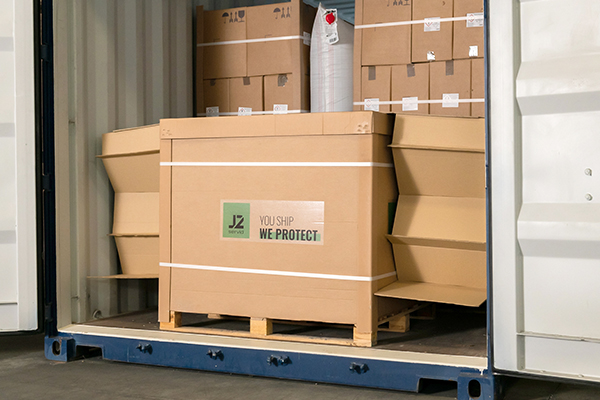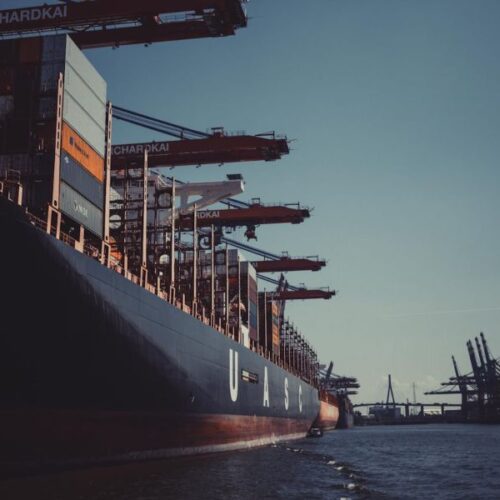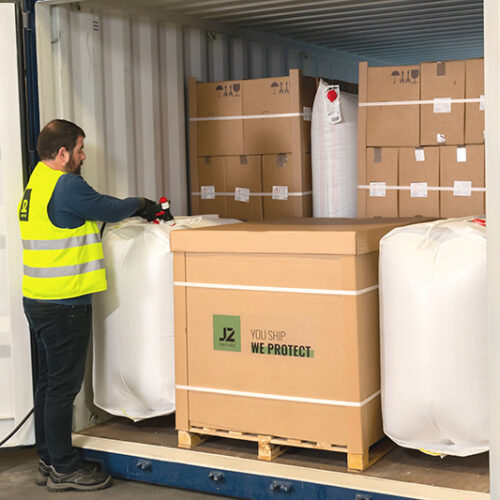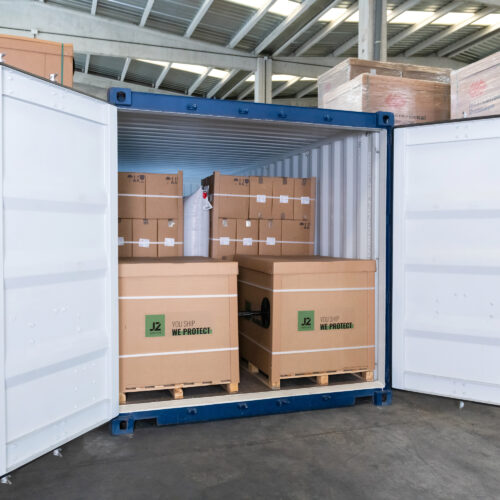Cargo lashing is a fundamental activity in logistics and transportation, as it ensures that the goods to be transported are kept in place during the journey. To ensure that cargo lashing is performed safely and effectively, there are a number of obligations that must be met by all parties involved in the process.
In this article, we will explain the importance of complying with these obligations, the legal consequences of not doing so, as well as the tools and techniques used to ensure proper cargo lashing. We will also analyze the responsibility of all involved and how to prevent accidents and damages when complying with these obligations.
Importance of complying with cargo lashing obligations
Cargo lashing is essential to avoid traffic accidents, to protect goods and to prevent injuries to people. When a load is not properly lashed, it can slip or fall during transit, which can lead to dangerous situations on the road and generate significant material and personal damage.
Complying with cargo lashing obligations ensures that cargo remains secure and in place during the trip, minimizing the possibility of accidents and damage. In addition, proper load lashing helps maintain vehicle stability, avoiding sudden movements and improving maneuverability.
Legal consequences of non-compliance with cargo lashing obligations
Failure to comply with cargo lashing obligations can have serious legal consequences. Legislation states that cargo transportation must be carried out in a safe manner and that cargo lashing must comply with certain standards and requirements.
In the event of an accident or damage caused by a deficient mooring, the responsible party may be fined and face financial and even criminal penalties, depending on the severity of the consequences. In addition, the person or company responsible may have to compensate affected third parties.
It is important to note that all parties involved in the transportation of cargo have responsibilities and obligations in relation to the lashing of cargo, including the carrier, shipper and shipper. Therefore, it is essential that all parties comply with their obligations.
For more information, see the article Best practices in load securing and what to look out for.

Tools and techniques for complying with cargo lashing obligations
To ensure proper load lashing, there are several tools and techniques that can be used. Some of the most common include:
- Lashing straps: These are strong, adjustable straps used to secure cargo to structures or anchorage points on the vehicle.
- Slings and webbing: These are bands of resistant material used to secure the load.
- Blocks and wedges: These elements are used to fix the load in position and prevent movement during transport. Protective corner protectors can also be very useful.
- Inflatable bags: used to protect and cushion goods from possible shocks.
- Protection of goods with padding: In addition to inflatable bags, systems such as Niupack are used to protect goods and fill the space between pallets.
- Correct load distribution: It is important to ensure that the load is evenly distributed throughout the vehicle, avoiding concentrations of weight in a single point.
In addition to the tools and techniques mentioned above, it is crucial to follow the established recommendations and standards for load lashing.
Prevention of accidents and damages when complying with cargo lashing obligations
Complying with cargo lashing obligations is key to preventing accidents and damage. Some preventive measures include:
Perform periodic inspections: Before starting the voyage, it is important to check the condition of the cargo lashing and make adjustments if necessary.
Train personnel: Both the transporter and the personnel in charge of cargo lashing must receive adequate training on the techniques and tools to be used.
Use the right amount of securing elements: It is important to make sure that you use enough fasteners to ensure the stability of the load, without overdoing it.
Establish protocols and procedures: Having clear protocols and standardized procedures helps ensure that cargo lashing obligations are met in a uniform and efficient manner.
Conclusion
Complying with cargo lashing obligations is essential to ensure safety in the transportation of goods. Failure to do so can have serious legal consequences, as well as lead to accidents and damage to property and personal injury. Using the right tools and techniques, and ensuring that all parties involved fulfill their responsibilities, helps to prevent accidents and damage.
Proper training, periodic inspections and the implementation of protocols and procedures are key measures to ensure proper cargo lashing. Compliance with cargo lashing obligations is essential to ensure safe and efficient transportation.










